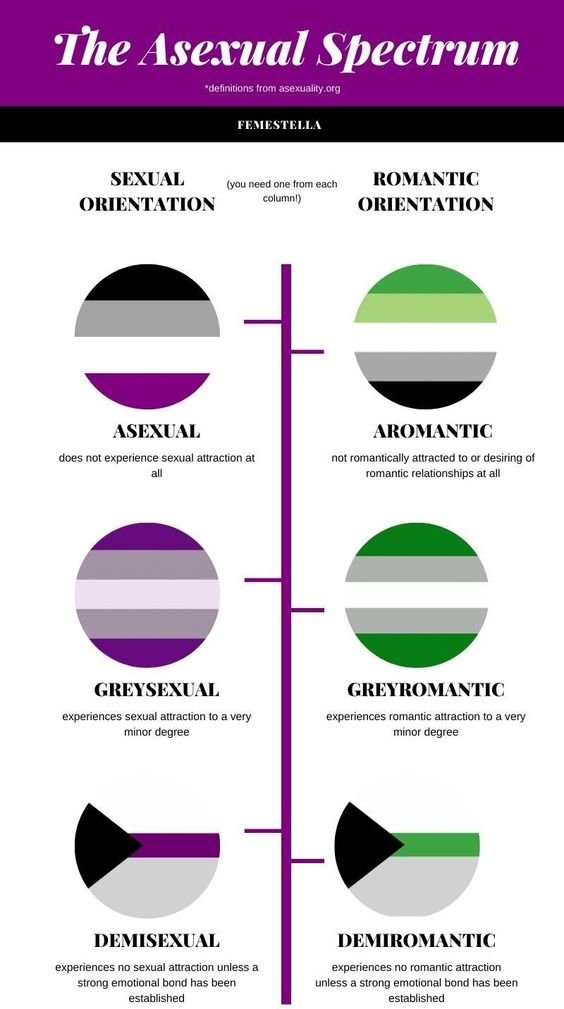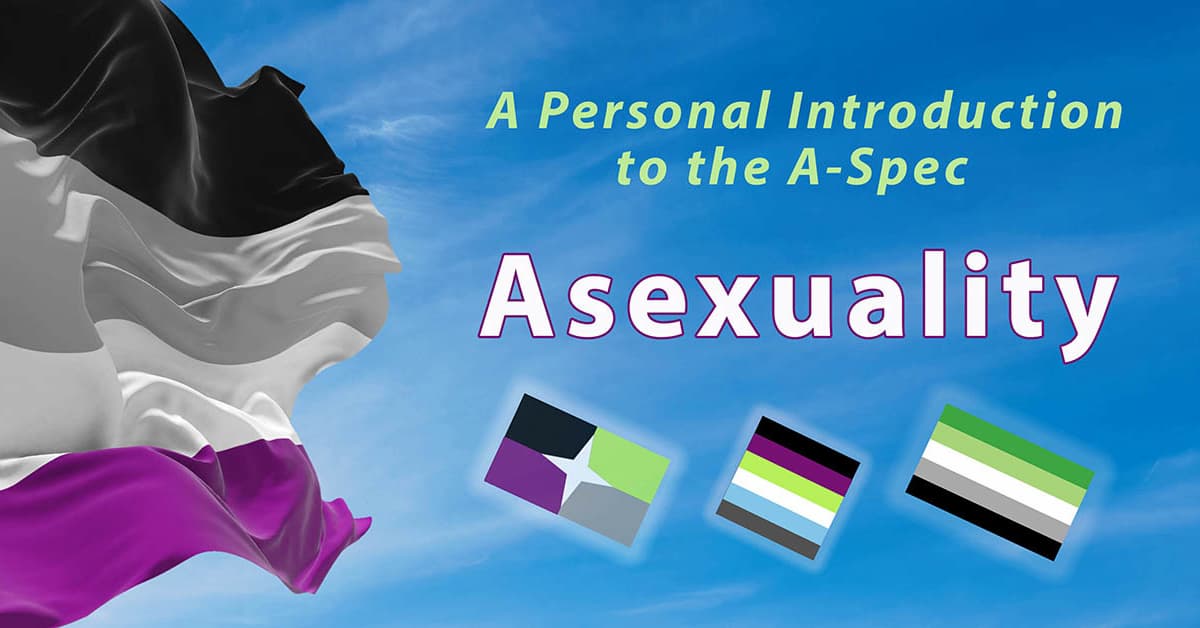I grew up in church culture, thinking I was straight for a long time. Now, I am an openly asexual person. So, how did I get here? The same way most asexuals realize their orientation: through years of confusion and self-discovery.
Coming out as asexual seems to be the “coming out” story that never ends.
Failed relationship after failed relationship happened because I didn’t find sex to be important. The ever-so-popular “Netflix and Chill” night with a special someone usually resulted in me getting deep into something on Netflix, while my partner for the evening sat sexually frustrated next to me. (I find it difficult to ignore anything narrated by David Attenborough).
At first, I myself had misconceptions of being asexual, which is a quality that applies to about 1.7 percent of the population, according to some sources. I thought it meant an absolute repulsion for sex. While I didn’t have a repulsion to sex, just an indifference, I found out the way I was attracted to people was not allosexual (the blanket term for anyone who does actually feel any kind of sexual attraction).
So, what was I?
The Asexual Visibility and Education Network (AVEN) gives us a simple, blunt base definition of what it means to be asexual: “An asexual person does not experience sexual attraction.”
Asexuality exists on a spectrum, including demisexual, greysexual, and fraysexual, to name a few.
My identity is simply asexual. Many also misconceive the “A” in LGBTQIA to stand for “ally,” not realizing it stands for Asexual, Aromantic, and Agender. You can find these and more definitions at the Learning for Justice Center’s The Acronym and Beyond online guide, or you can read about the continuum of asexuality here from Ditch the Label.
When I started opening up about being asexual, I experienced criticism and gatekeeping — and worse yet, indifference and apathy. In most of the circles where I once felt safe, I suddenly felt unwelcome.
Heteronormative circles reacted little, seemingly because I didn’t fit the concept of “sexual deviant.” In fact, I felt as though they perceived me as “basically straight.” The queer community also seemed to regard me as “basically straight,” or at least not queer enough. I have since learned, through direct conversations and online groups where most us feel most safe, that many asexual people encounter this, feeling like they never got the “coming out” parade that other members of the queer community have experienced.
Similarly to bisexuals, asexuals frequently face erasure and passive disregard. And once we “come out,” we are immediately on a mission of education and interrupted by questions. We constantly have to remind people that not all asexuals are the same, that it’s not a hormonal imbalance, that we are not picky, and that we are a legitimate orientation. It is exhausting.
Julie Sondra Decker talks about this in her book The Invisible Orientation. So does Angela Chen, in her book Ace: What Asexuality Reveals About Desire, Society, and the Meaning of Sex. “If asexuality, mine or anyone else’s, comes up in discussion, it must always be qualified. It feels I can’t say ‘I’m Ace’ and let that stand.” For us, coming out never really ends.
In spite of the challenges, I’ve had some memorable moments since coming out as an asexual person. “We were wondering when you were going to notice!” a friend of mine said to me following my coming-out In December 2018.

2019 Iowa Bear Zach Gillette embraced me during Capital City Pride in July 2019. I’d just experienced a huge influx of the criticism and gatekeeping I mentioned before, and Zach helped me feel a huge sense of redemption.
And in Orange City, Ia., during OC Pride in October 2019, I shared my story — 14 years after I’d attended Northwestern College, during a time when debate over gay marriage had ripped the campus in two. I reconnected with OC Pride founders who had been my college classmates, and even had a freshman at the college come up to me in tears afterwards, saying I was the first fellow asexual they had ever met in person.
That weekend, for the first time since coming out, I didn’t have to continually educate anyone. I took a “coming out” vacation.
Well, vacation is over. And, in spite of the challenges I face and learn from, I now have the experience and the voice to provide visibility for other asexuals.
Cover photo features:
- the main asexuality flag
- a rendition of the A-spec flag created by Tumblr user The-Moon-Is-Aroace with the colors of green (aromanticism), purple (asexuality), black (arosexual, or both aromantic and asexual) and grey (mostly asexual), plus a “compass” to symbolize different directions
- an A-spec flag created by Arocalypse member Orion with the colors of black (lack of attraction), purple (asexuality), green (aromanticism), white (community), blue (aplatonic), and grey (spectrum of identities)
- and the current aromantic flag with the colors of dark green (aromanticism), light green (the full aromantic spectrum), white (platonic and aesthetic attraction), grey (greysexual) and black (the full sexuality spectrum).


